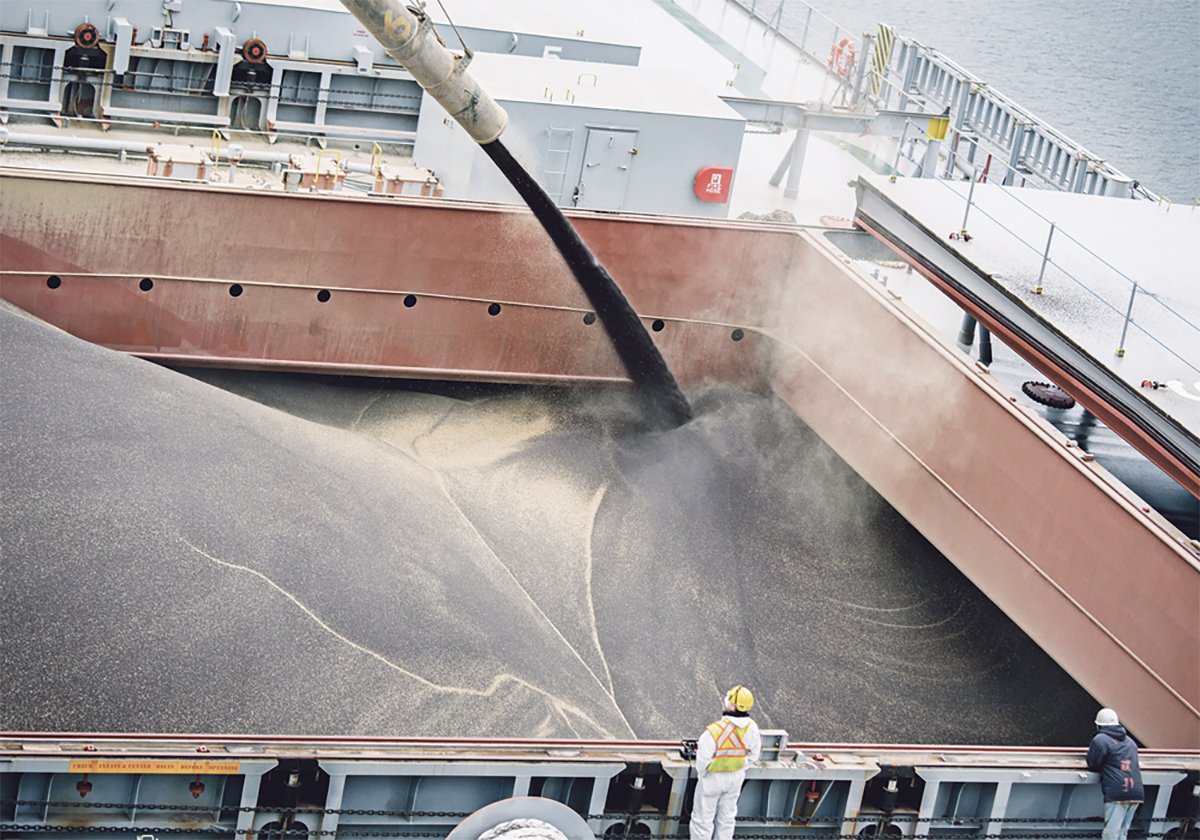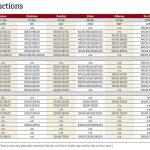Good news in the field for Canadian and American grain farmers means bad news for the new crop feedgrains market.
Expectations of massive corn and wheat crops, with a voluminous western Canadian barley crop, have hammered down prices and given little reason to hope for better values this autumn.
“The amount of barley bushels that seem to be sitting out in fields has guys convinced they’ll run out of storage, (and that) the bushels will make up for the price,” said Brandon Motz of CorNine Commodities of Lacombe, Alta.
Read Also

Exports off to a slow start after last year’s torrid pace
Canadian grain, oilseed and pulse exports are off to a slow start, but there are some bright spots, according to the Canadian Grain Commission’s most recent weekly export data report.
“If you need storage, price soon. If you can store, hold.”
Farmers with apparently huge incoming crops of feedgrains are in a pickle. They will need to price a large portion of the new crop, with harvest only a few weeks away, but the feedgrains market has collapsed.
December corn futures have fallen by more than a dollar since mid-July, from a peak of US$4.50 per bushel to below $3.50 at the end of July.
Canadian cash barley prices have slumped along with them, losing about C75 cents per bu. to sit at about $3.10-$3.20.

The prospect of bumper harvests in the U.S. and Canada is weighing down feedgrain prices and raising the prospect of Alberta feeders importing cheap American corn. | File photo
ProMarket Wire editor Errol Anderson said the U.S. corn crop appears to be enormous, and that will have more than a price impact on Alberta’s feedlot alley.
“There’s no home for this corn (in the United States),” said Anderson, with yield potentials now reported from the 160s to 180 bu. per acre.
“It’ll make its way to Alberta.”
And if high yields survive until harvest, U.S. corn futures “will break towards $3 a bu.,” he said.
In western Canada the crop isn’t in the bin yet, but many farmers expect to harvest large feed crops that will overwhelm demand.
And their feedgrain will likely face stiff competition from imported American corn.
That’s why Motz urges farmers who don’t have storage to price now, because it won’t likely improve in the early fall.
Anderson said farmers who need to ship new crop fast should arrange for delivery now.
“It’s critical for growers to try to move what they can and then use other tools to manage the price,” he said. “Delivery is paramount.”
Another danger is fear that rain at harvest could damage wheat, pushing crops out of the food market and into the feed market.
The one possible salve for the glutted market could be the export barley market, both Motz and Anderson said.
If barley prices become relatively cheap, Saudi feed buyers might come back into the market and pull some out of Canada.
“The big question in everybody’s mind is: does an export program come into play,” said Motz.
However, even if that occurs, there will still likely be a lot of barley around, unless a late season weather disaster crushes yields.
“We have a commodity sector that’s under a lot of pressure,” said Anderson.
Motz and Anderson said prices might recover slightly in the winter, but see little reason to expect a major bounce soon.

















